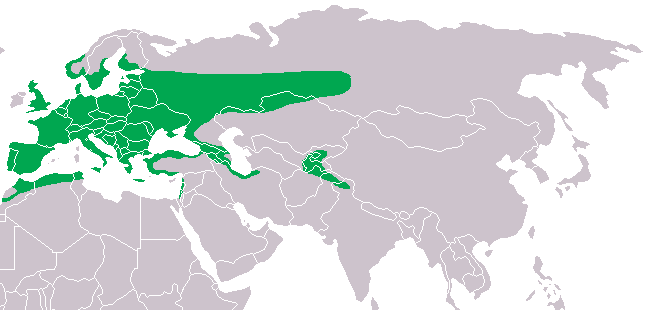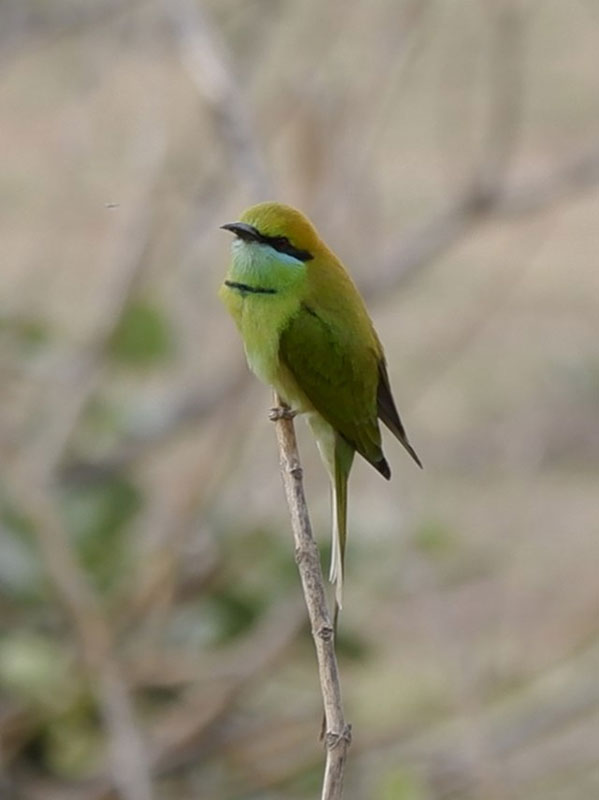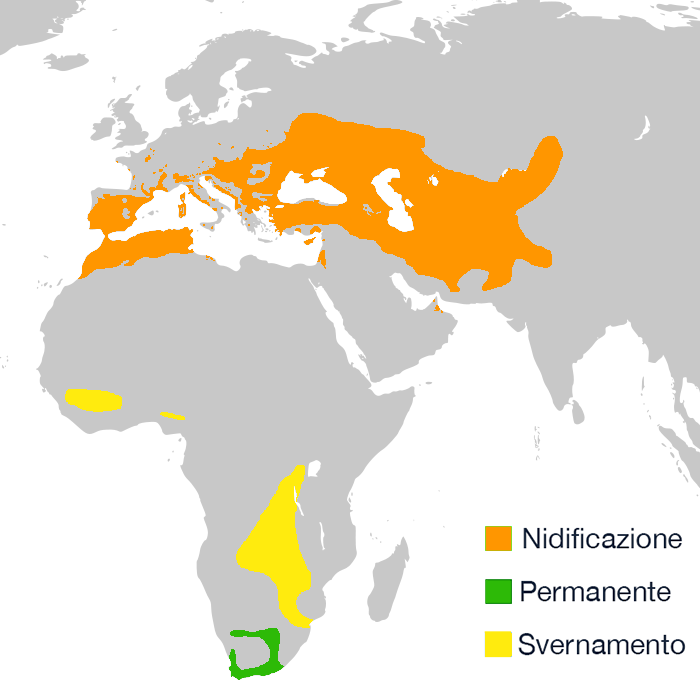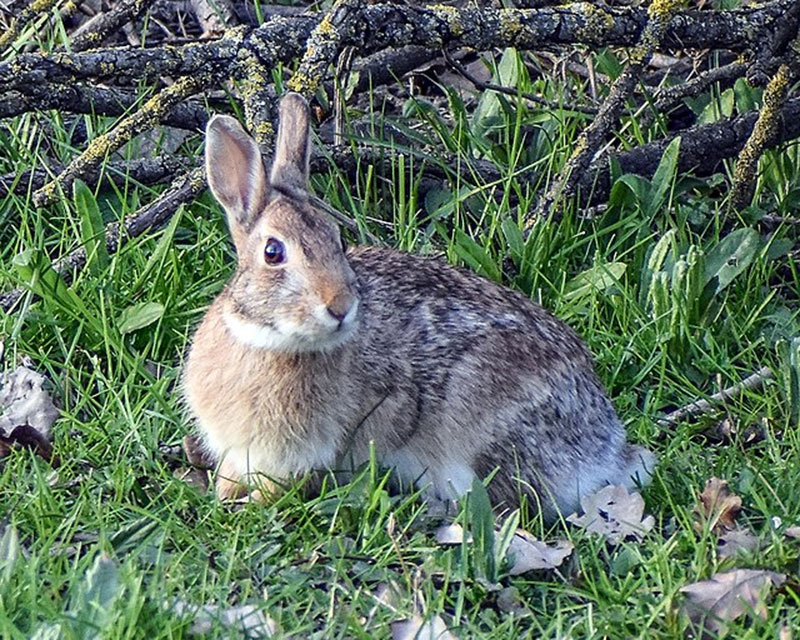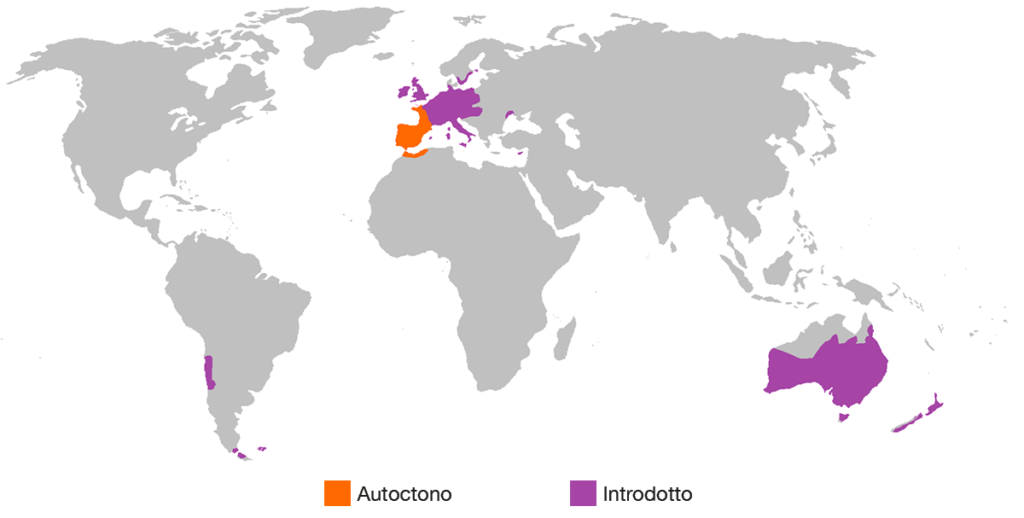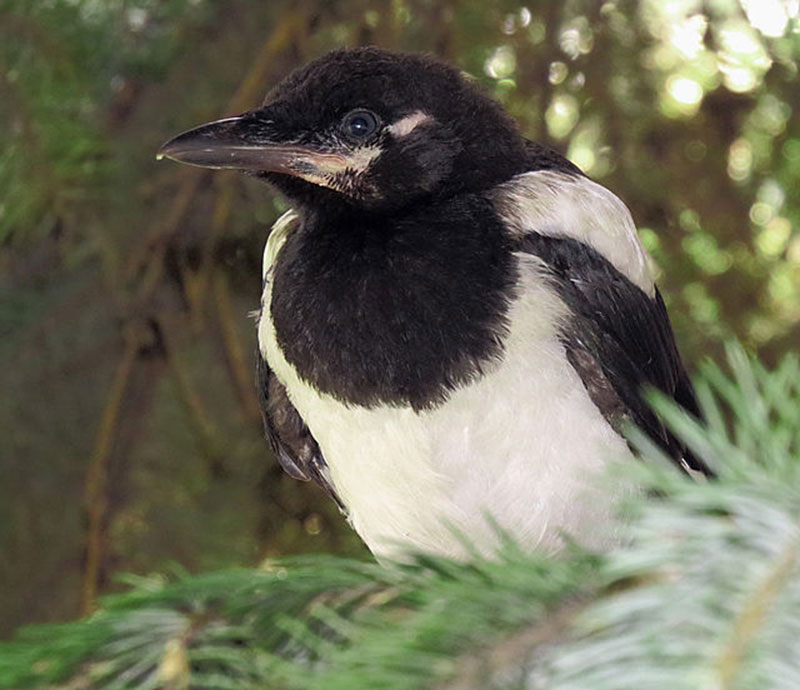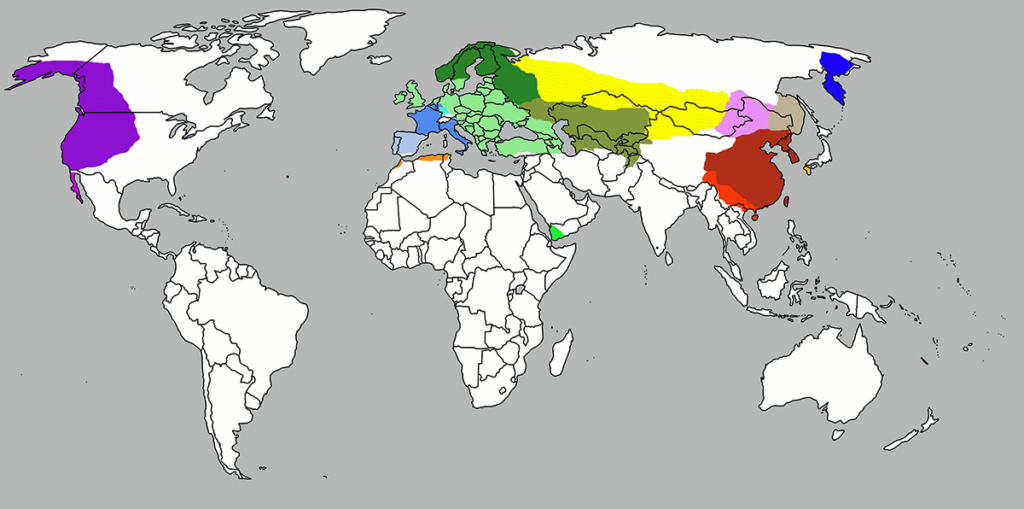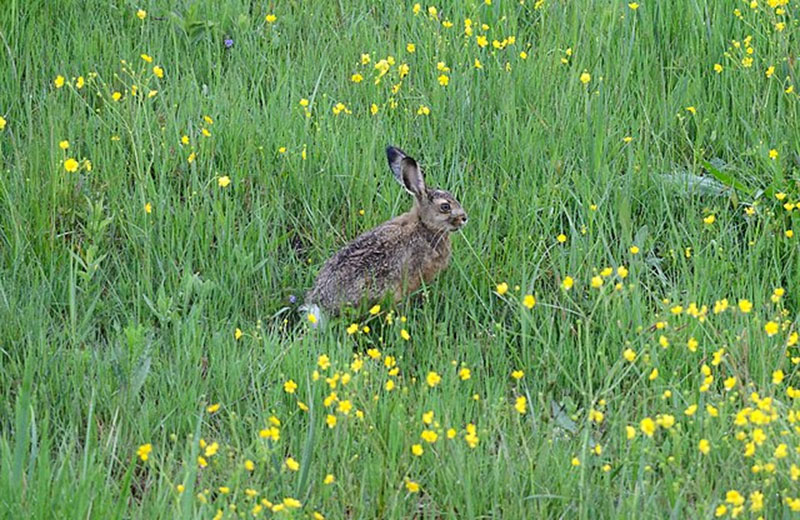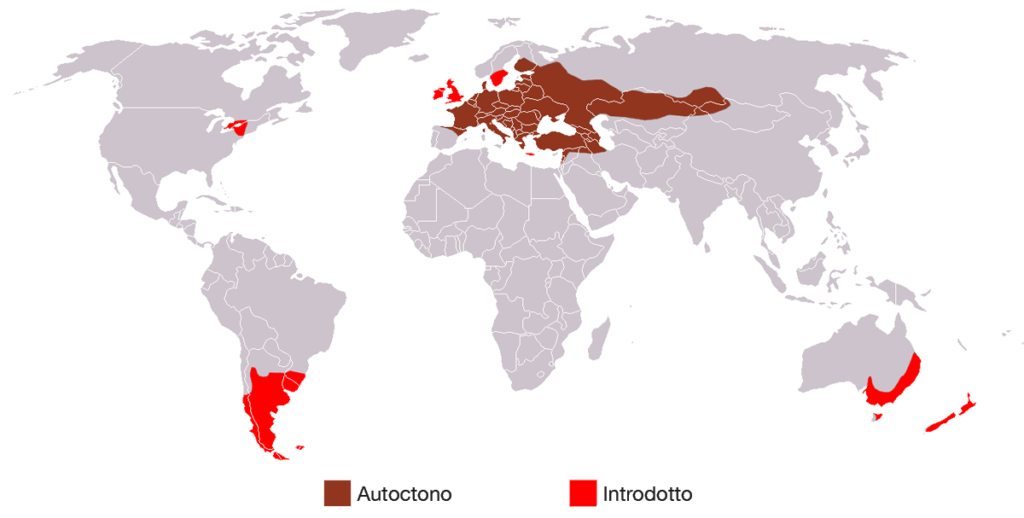Tawny owl
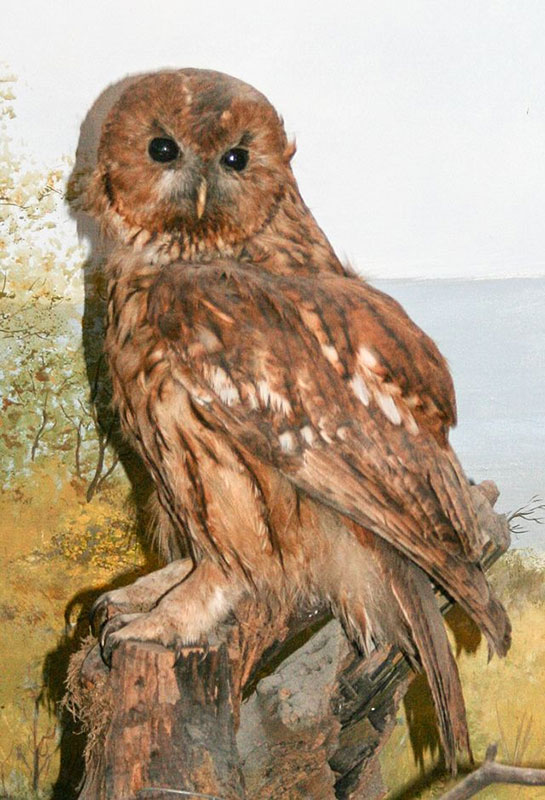
Common name: Tawny owl
Scientific name: Strix aluco
Class: Aves
Order: Strigiformes
Family: Strigidae
Nutrition: Mice, reptiles, insects, small birds.
Features: It has black eyes, no ear tufts, and blends perfectly into the forest thanks to the color of its plumage, which can resemble the bark of a tree.
Its ears, positioned asymmetrically, give it excellent hearing. It usually nests in tree holes but can also use old nests of other species. It nests from February and rarely before mid-March.
Curiosity: howl-like song is often included in films to emphasize moments of fear.

